#aboriginal dot art
Explore tagged Tumblr posts
Text

Aboriginal dot art fabric neck lanyards 🪡 Available at our Etsy store
#sydney#australia#brisbane#handmade#perth#aussiemums#craft#goldcoast#diy#melbourne#aboriginal dot art fabric neck lanyards#aboriginal dot art fabric neck lanyard#aboriginal dot art#cute lanyard#cute lanyards#lanyards#lanyard
11 notes
·
View notes
Text

Wind Story by Mick Namarari Tjapaltjarri
Aboriginal art tells stories called dreamings or songlines here is one of them
The painting depicts the wind story. The spirit of the wind lives in a cave at Mount Liebig. It shows the wind coming out of the cave and blowing strongly to the north-west.
When his birthplace, Marnpi, Namarari often mentioned a spiralling desert wind. Though this is one of many narratives attached to this site, it is one that he returned to throughout his practice as an artist. In this early example, Namarari has adopted a simple yet hypnotic composition to draw the eye into the vortex of an ancestral wind. The force and spread of the wind, shown here by the banded arms that reach out across the landscape. The wind shapes and creates natural features of rocky outcrops and prominent sandhills.
#abstract#Aboriginal Artwork#Aboriginal Art#aboriginal artist#Aboriginal Culture#Aboriginal Painting#aboriginal dot art#aboriginal spirit#Aboriginal Dot Painting
19 notes
·
View notes
Text

Seven Sisters Dreaming, 2016
Indigenous Australian artist Alma Nungarrayi Granites
#art#daily art#artwork#daily dose of art#indigenous art#australian art#alma nungarrayi granites#seven sisters dreaming#womens art#dot art#aboriginal art
167 notes
·
View notes
Text

click for better quality!
here's my newest guy 0-3! he's a giant heath goanna that works as a high-speed rail! 6 legs for maximum mobility, a windowed belly for passenger confort and the snazziest uniform in the whole southwestern australian scrubforest, 0-3 is your best mean of transportation around!*
*(except between september to january, as it's its hibernating period)**
**(Heath goannas hibernte september to april. 0-3 is an early riser)
tell me what y'all think!
#my art owo#my oc owo#0-3#heath monitor#monitor lizard#varanus#goanna#furry#furry community#character design#btw his uniform design is very inspired by australian aboriginal nations' art! full of dots and earth colors#also ogs know the original design#hehe#feral furry
28 notes
·
View notes
Text

20 notes
·
View notes
Text
My artist skills are VERYYYY limited but I think I'm a decent sketcher of bacteria and viruses (proud of the bacteriophage! except for the legs....)

#tomorrow's project is aboriginal dot art#will probably go smoothly since they're basically just drawing#i decided i might as well make one myself to show tomorrow#the other instructor samples are like. turtles and scenery lol#ik for a fact I can't do one that will come out nice so pathogens and b cells it is#art#sketch#biology major
3 notes
·
View notes
Text

Kathleen Petyarre. Mountain Devil Lizard, n.d.
#natural pigments#abstract painting#womens art#aboriginal art#indigenous artist#dot painting#contemporary australian art
6 notes
·
View notes
Text

Introducing to the World ... Australian "aborigine dot" art
1 note
·
View note
Text

#surf board#Australian Art#dots#aboriginal art#Around the World Embassy Tour#Australian embassy#Passport DC#Washington DC
0 notes
Photo


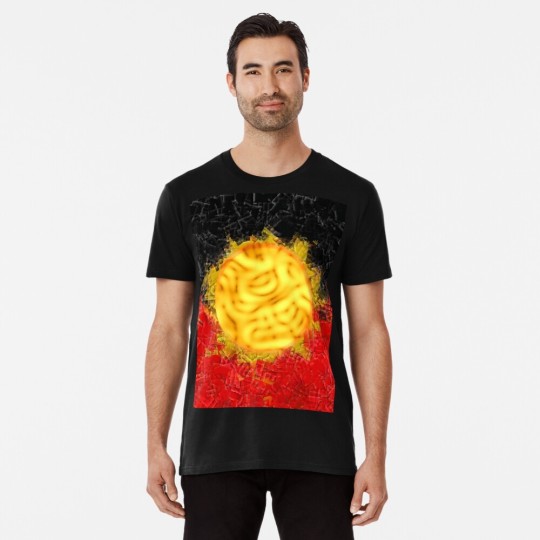




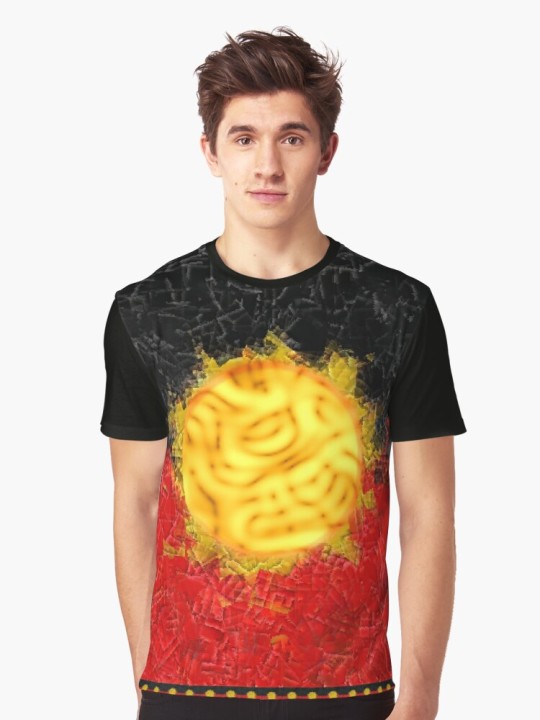


(via "AMAZING AUSTRALIAN ABORIGINAL FLAG ART EXPRESSION WITH SMALL FRAGMENTS SHAPES" Graphic T-Shirt for Sale by Frantz CIALEC)
#findyourthing#redbubble#art vs artist#raleksd#aboriginalflag#australian aboriginal#indigenous#australianaboriginalflag#aborigine#aboriginal art#aboriginallivesmatter#dots#kangaroo#naidoc#crocodile#emu#black#australiaday#australia#traditional art
1 note
·
View note
Text

✨ Carry a piece of art with you every day! These handmade Aboriginal dot art lanyards are perfect for adding style and functionality to your daily essentials 🌟 Ideal for keys, badges, or IDs—crafted with care just for you 💼🎨 #HandmadeWithLove #AboriginalArt #LanyardsThatWow
#sydney#australia#brisbane#handmade#perth#aussiemums#craft#goldcoast#diy#melbourne#aboriginal dot art fabric neck lanyards#aboriginal dot art fabric neck lanyard#aboriginal dot art#cute lanyard#cute lanyards#lanyard#lanyards
2 notes
·
View notes
Text
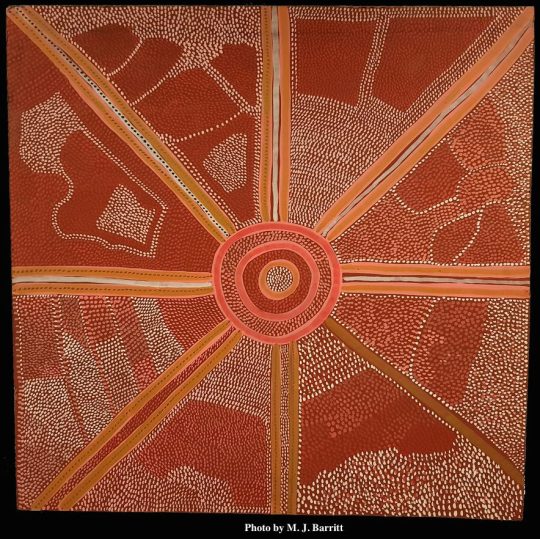
Wind Story by Mick Namarari Tjapaltjarri
Aboriginal art tells stories called dreamings or songlines here is one of them
The painting depicts the wind story. The spirit of the wind lives in a cave at Mount Liebig. It shows the wind coming out of the cave and blowing strongly to the north-west.
When his birthplace, Marnpi, Namarari often mentioned a spiralling desert wind. Though this is one of many narratives attached to this site, it is one that he returned to throughout his practice as an artist. In this early example, Namarari has adopted a simple yet hypnotic composition to draw the eye into the vortex of an ancestral wind. The force and spread of the wind, shown here by the banded arms that reach out across the landscape. The wind shapes and creates natural features of rocky outcrops and prominent sandhills.
#abstract#Aboriginal Artwork#Aboriginal Art#aboriginal artist#Aboriginal Culture#Aboriginal Painting#aboriginal dot art#aboriginal spirit#Aboriginal Dot Painting
13 notes
·
View notes
Text
My entire workplace is doing cultural appropriation for NAIDOC Week. I am so sick of this
Spending time at work around people who don’t think about the world with the same understanding as me is tiresome. It’s the hate they have for harmless things and the disregard they have for harmful concepts. Got to get out of here.
And I get that we share the world, and I am very capable of living with people who have different opinions and feelings. But the degree to which we differ is wider than I’m comfortable with anymore.
#doing finger painting and dot painting ‘bc that’s how Aboriginal ppl make art’#like wtf they phased that out of primary school years ago bc it was appropriation
19 notes
·
View notes
Text

Outback Essence - Australian Aboriginal Dot Art
173 notes
·
View notes
Text

9 notes
·
View notes
Text
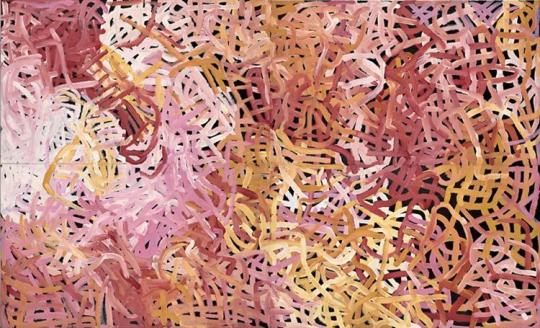
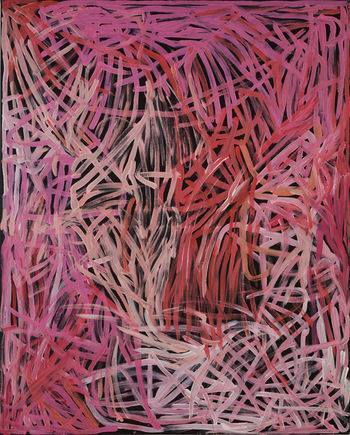
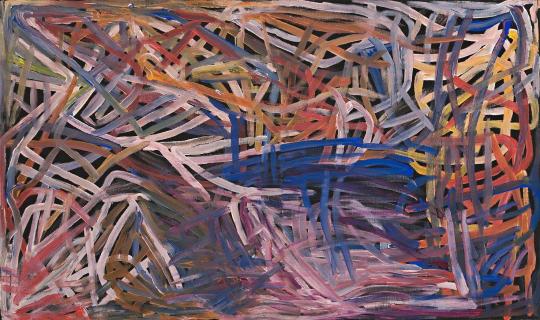
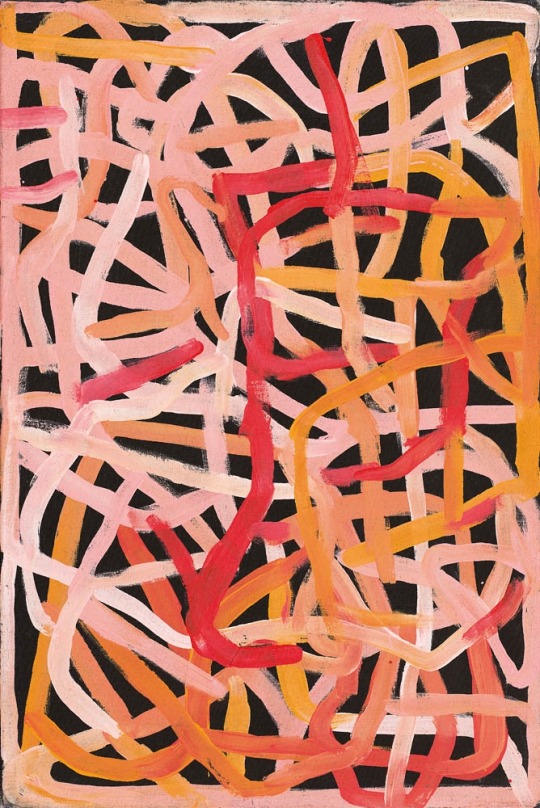
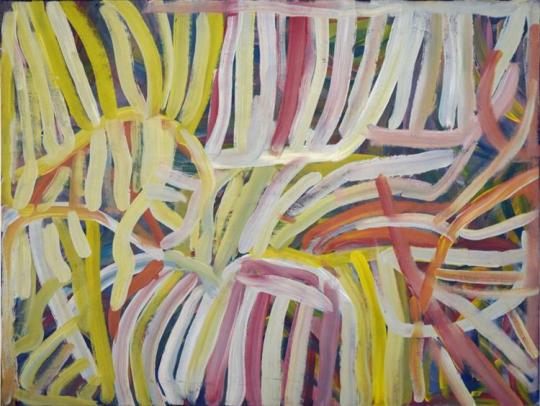
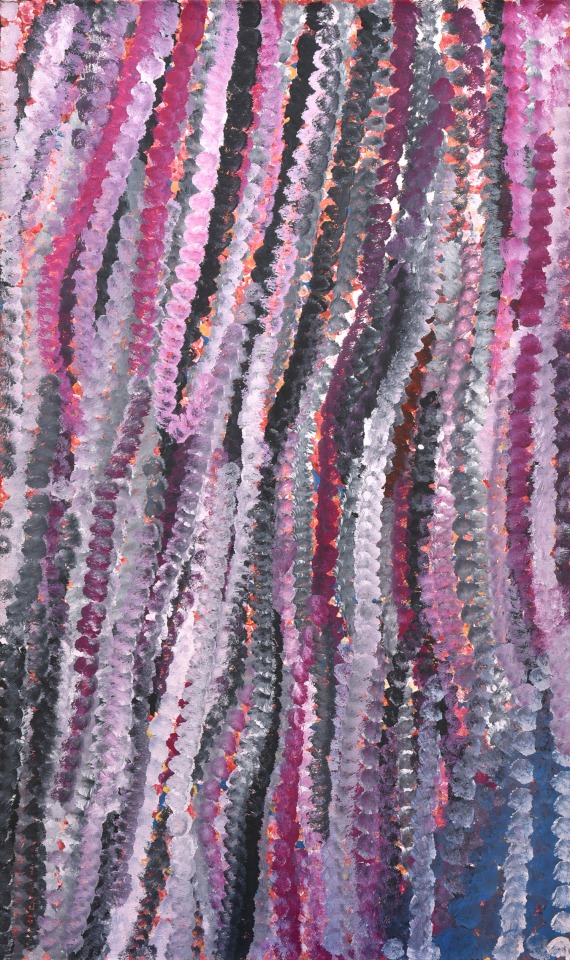
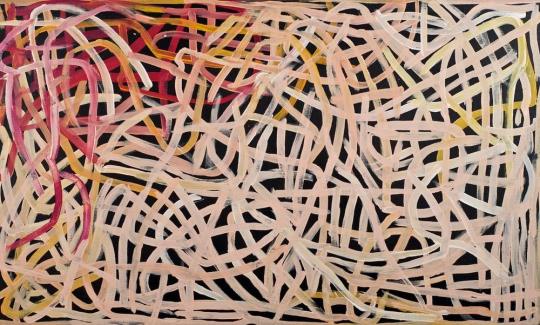
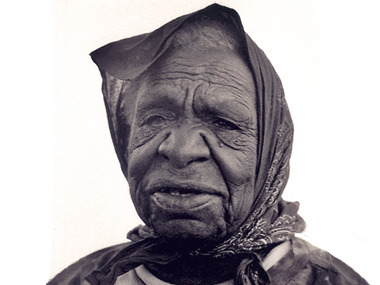
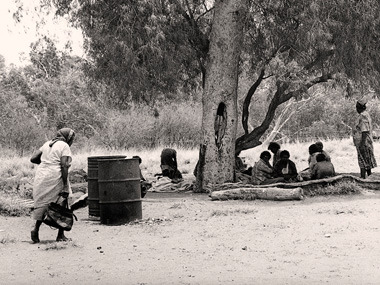
Emily Kame Kngwarreye (1910 – 1996) is considered one of Australias most significant artists. Amazingly, she only began painting with acrylics in her late seventies but in a few short years became an artist of national and international standing.
Emily was the first female painter to emerge from an art movement dominated by men and did so in a way that transformed Aboriginal painting. Employing a variety of styles over the course of her eight-year painting career, she painted her Country and sacred Dreamtime stories in a deeply emotional and expressive manner.
She was born around 1910 at Alhalkere (Soakage Bore), on the edge of the Utopia pastoral station, approximately 250km north-east of Alice Springs. Alhalkere was her fathers Country, and her mothers Country was Alhalpere, just to the east.
Despite being married twice, she had no children of her own but raised her relative Lily Sandover Kngwarreye and her niece Barbara Weir. Both becoming famous artists in their own right. Other nieces that also became famous artists include Gloria Petyarre, Kathleen Petyarre, Ada Bird Petyarre, Violet Petyarre and Nancy Petyarre.
Well before she became one of its most senior contemporary artists, Emily held a unique status within her community of Utopia. Her strong personality and past employment as a stock hand on pastoral properties in the area (at a time when women were only employed for domestic duties), reveals her forceful independence and trailblazing character.
Her age and ceremonial status also made her a senior member of the Anmatyerre language group. She was a senior custodian of cultural sites of her fathers country. She was considered the Boss Woman of the Alatyeye (pencil yam dreaming) and Kame (yam seed dreaming).
Emily started as a traditional ceremonial artist, beginning painting as a young woman as part of her cultural education. An important component of this education was learning the womens ceremonies, which are associated with in-depth knowledge of the Dreamtime stories and of womens social structures.
This knowledge is known as Awelye in Anmatyerre language. Awelye also refers to the intricate designs and symbols associated with womens rituals. These are applied to the womens upper chest, breasts and arms using fingers or brushes dipped into rich desert ochres.
Aboriginal art outside of ceremonial painting began in Utopia in 1977, when batik-making was introduced to women as part of an extended government-funded education program. In 1978, Emily was a founding member of the Utopia Womens Batik Group. In 1988, the Central Australian Aboriginal Media Association (CAAMA) completed its first project with the Utopia Womens Batik Group. This became an exhibition called Utopia - A Picture Story.
From the beginning, Emilys art stood out from the others. Rather than filling her batiks with Aboriginal symbols, she preferred patterns of layered lines and dots that revealed plant, figurative forms and cell like structures. The 88 silk batiks from this first project were acquired by the Holmes a Court Collection in Perth.
In the same year the CAAMA shop initiated The Summer Project, introducing the Utopia womens batik group to the use of acrylic paints on canvas. Among the 81 paintings completed was Emilys first artwork on canvas, Emu Woman.
Inspired by the many Dreamtime stories of which she was a custodian, Emily employed an extraordinary array of styles over the course of her eight-year painting career.
In her early works, Emily preferred the use of an earthy ochre colour palette, reflecting her experience of using natural ochres during ceremonies. Over time she expanded her repertoire to include a dazzling array of colours found in the desert landscape. Colours are significant in her paintings. Yellow, for example, often symbolises the season when the desert earth begins to dry up and the Kame (yam seeds) are ripe.
Her shifting styles also reveal her self-confidence and willingness to experiment with form, pictorial space and artistic conventions. She drew creatively from the geographic landmarks that traverse her Country and the Dreaming stories that define it. Whenever she was asked to explain her paintings, her answer was always the same:
Whole lot, that's the whole lot. Awelye (my Dreamings), Alatyeye (pencil yam), Arkerrthe (mountain devil lizard), Ntange (grass seed), Tingu (a Dreamtime pup), Ankerre (emu), Intekwe (a favorite food of emus, a small plant), Atnwerle (green bean), and Kame (yam seed). That's what I paint; the whole lot.
This is because she chose to present a very broad picture of the land and how it supports the Anmatyerre way of life. Her artworks embrace the whole life story of the Dreamtime, seeds, flowers, wind, sand and everything. Although her works relate to the modern art tradition, this resemblance is purely visual. The emphasis in Emilys paintings is on the spiritual meaning, based in the tradition of her people.
The evolving styles of Emily Kame Kngwarreyes paintings
Emily started to paint in 1988. Her early style featured visible linear tracings following the tracks of the Kame (Yam Dreaming) and animal prints associated with the Emu Dreaming. Fields of fine dots partially obscured symbolic elements.
By 1992 her paintings were so densely packed with layers of dots that her symbolic underpainting was no longer visible.
Another evolution in her painting style occurred when she began to use large brushes. She worked faster, more loosely and on a larger scale. Sometimes dragging the brush while she dotted, producing lines from the sequential dots.
By the mid 1990s she had pioneered a style of Aboriginal painting referred to as dub dub works. They were created by using large brushes which were laden with paint and then pushed into the canvas in such a way that the bristles part and the paint is mixed on the canvas.
Using this technique, she created wildly colourful artworks and her paintings became progressively more abstract. Different artists from Utopia including Polly Ngale and Freddy Purla have subsequently adopted this style.
During the last two years of her life, she used the linear patterns found on womens ceremonial body designs as the primary inspiration for her paintings. The abstracted sequential dots of colour gave way to parallel lines which were much more formally arranged. She had used lines earlier before gradually submerging them under layers of dots. This time, she created simple, bold compositions of parallel lines in strong dark colours.
The above style in turn evolved to looser meandering lines which appear to trace the shapes of the grasses and the roots of the pencil yam as they forge their way through the desert sands.
In 1996 she produced a body of work in which she depicted pencil yam dreaming using a rich ochre colour palette. In this final burst of creative energy, Emily produced a beautiful body of work known as her scribble phase. In these atmospheric paintings, lines and dots were replaced by flowing fields of colour.
https://www.kateowengallery.com/.../Emily-Kame-Kngwarreye...
209 notes
·
View notes